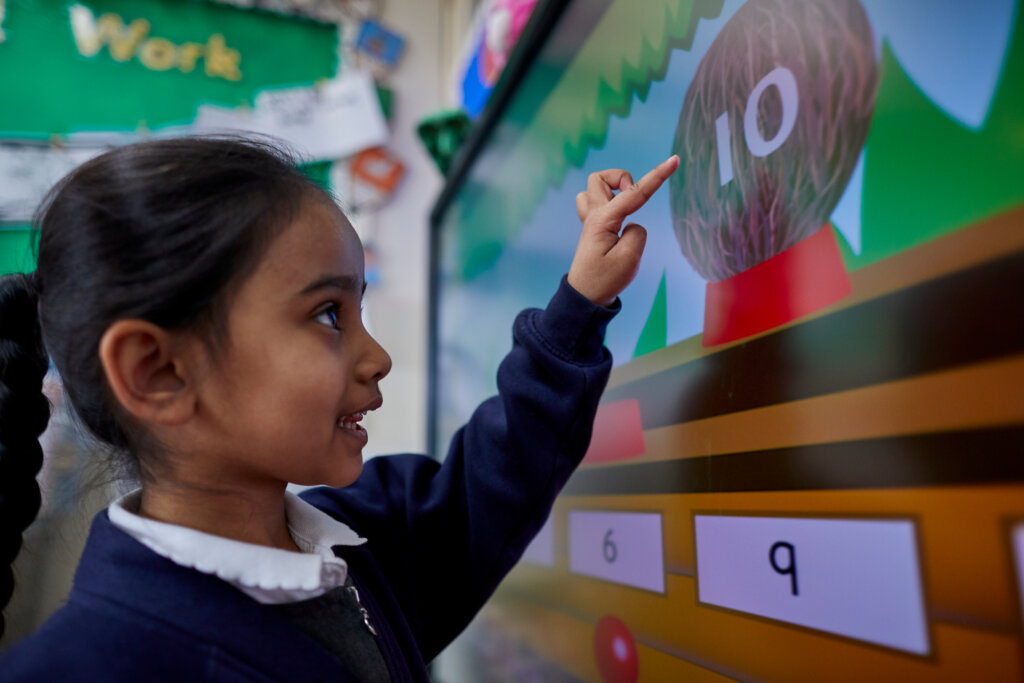Levelling the Playing Field in School Sports
Earlier this week, many of us came together on International Women’s Day to celebrate the achievements we have made in the fight for gender equality. However, on the same day, a report published by the Women In Sport charity revealed that there is still more work to be done. Out of a sample of four-thousand girls, the report found that forty-three percent disengaged from sports in secondary school, despite being active and sporty when they were younger, compared to just twenty-four percent of boys. There are many varied and complex reasons behind this phenomenon, from periods and safety concerns, to feeling discouraged by school workloads and issues with body image. Exercise is crucial for maintaining good physical health, but it also plays a vital role in supporting mental wellbeing. With more girls suffering from depression, anxiety, poor self-esteem, and other mental health issues, experts warn that the need to engage girls and young women in active lifestyles has never been more urgent.
Fortunately, the Department of Education has announced up to £980,000 in funding for a new sports programme dedicated to this task. Led by the Sports Leaders Qualifications (SQL), the Your Time scheme will provide schools with orientation services, learning modules, branded equipment, and will signpost pupils to extra-curricular activities so that they can continue to access sports even after the programme finishes. The SLQ is looking for at least fifty schools to take part, with the aim of reaching 1,800 girls in its first year, 3,100 in the second, and 3,700 for the third. It is hoped that engaging girls in sports whilst they are at school will increase their participation in adulthood, ultimately leading to healthier, happier lives.
Deep Dives into the Data
As we discussed in one of our earlier news articles, the government has tasked teachers and other educational professionals with the mission to ensure that ninety percent of pupils achieve the expected standard in reading, writing, and maths at the end of Key Stage 2 by 2030. However, only sixty-five percent of pupils reached this target in 2019, the last year we have data for. After the loss of learning caused by school closures over the course of the pandemic, these figures may decline in the upcoming tests this summer. To gain insight into how teachers might support the pupils that need it most, analysts have dissected the data to further illuminate the situation.
Whilst only sixty-five percent of pupils achieved expected standards in all three subjects, a total of eighty-seven percent achieved the expected standard in at least one of reading, writing, or maths. Of these children, over half achieved the expected standard in two out of three. When comparing characteristics between these groups, certain trends arose.
Pupils who did not meet the expected standards in just one or two subjects were more likely to be male, summer-born, and disadvantaged. They were also more likely to be identified as having special educational needs and to have had poor literacy scores in Key Stage 1. Evidently, support plans and strategies must be designed with the needs of these particular pupils in mind as we begin working towards the ninety percent target by 2030.
Whilst the government’s plan to target Education Investment Areas may help some of these pupils, analysis of the same Key Stage 2 data for 2019 shows that only forty percent of children not reaching the expected standards live in these areas. Therefore, it is recommended that policies are put in place to support the rest, as well as enhancing the all-important early literacy and special educational needs provision.
The Cost of Teaching Crisis
In order to address recruitment and retention rates, the government has proposed increasing starting salaries for teachers by sixteen percent over the next two years. This would mean that by September 2023, salaries for qualified teachers would begin at £30,000. Rises would taper for those with more experience, totalling at five percent for teachers at the upper end of the payscale. However, with inflation forecast to hit six percent later this year, unions have demanded that the increase to starting pay must be matched with equivalent increases for all teachers and school leaders. In a joint appeal, several of the main teaching unions, NASUWT, ASCL, NEU, NAHT, and Voice Community, have argued that the government must repair the damage caused by huge rises in energy costs and National Insurance, as well as mounting inflation since 2010. Union leaders have stressed that pay must be restored in order to ‘make a lifelong career in education attractive and sustainable’ for young people and school leaders alike.
However, the government has also proposed that increases to salaries come out of existing school budgets. Whilst schools can expect an extra £4.7 billion in funding over the next three years, the Department of Education predicts that for every one percent increase to teachers salaries, there would be a £250 million cost for 2022-2023, and around £370 million for the following academic year, wiping out huge chunks of newly allocated cash. If all teachers’ salaries were increased by just five and a half percent to cover the current rate of inflation, schools would have to spend over £1.3 billion next year alone. Julie McCulloch, director of policy at ASCL, criticised the government for suggesting that these proposals were ‘affordable within the existing funding settlement for schools, when this is patently not the case and will put huge pressure on budgets which are already stretched to the limit and beyond.’
As we work to achieve equality, respect, and fairness, for both our pupils and our staff, we are reminded of the vital role the sector plays in shaping the world of the future. The direction of social mobility; the current of economic growth; and the fabric of communities are each inevitably swayed by the opportunities we provide our children and young people. As agents of social change, however discreet, we must always put our children’s needs at the centre of our work.















